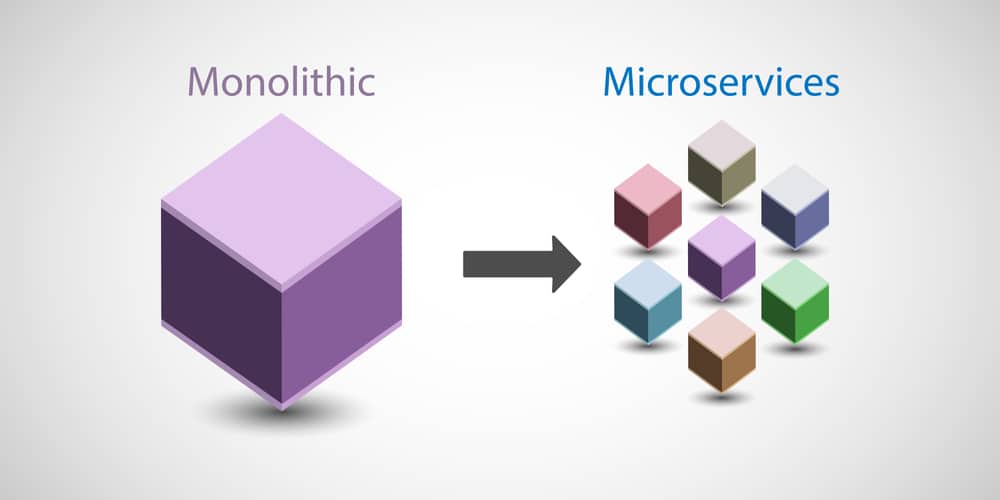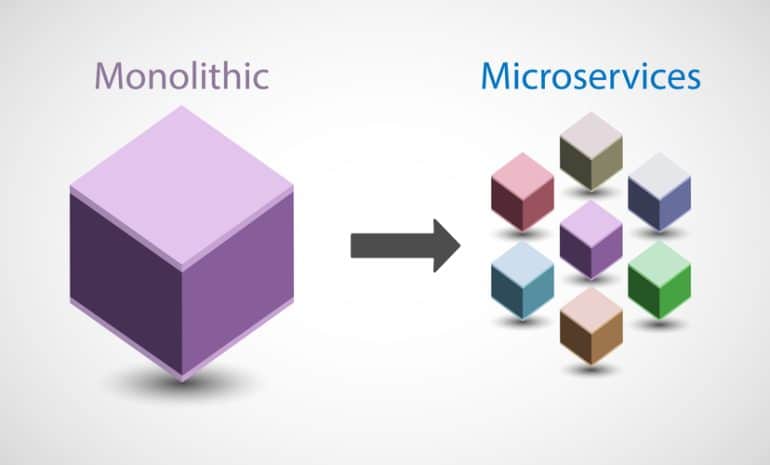As technology evolves, so do the needs of businesses. In today’s fast-paced environment, communication is crucial for the success of any enterprise. Mista is a communication platform as a service that has been serving customers in Rwanda, DRC, and Uganda for the past 4 years. However, as the platform grows and expands to new markets, scalability and high availability become a challenge.
To address these challenges, Mista has decided to rewrite the entire application using microservices architecture. This blog post will explore the benefits of microservices architecture, the process of transitioning from a monolithic to a microservices architecture, and the best practices to follow during the migration.
What is Microservices Architecture?
Microservices architecture is an approach to building applications by breaking them down into smaller, independent services that can be deployed and scaled independently. Each service is responsible for a specific business capability and can communicate with other services using APIs.
Benefits of Microservices Architecture
Scalability: With microservices architecture, services can be scaled independently, allowing the application to handle increased traffic and demand.
High Availability: Since each service is independent, a failure in one service does not affect the entire application. This makes the application more resilient and reduces the risk of downtime.
Flexibility: Microservices architecture allows for more flexibility in technology stack and deployment options. This means that new services can be added or updated without affecting the entire application.
Faster Development: Each service can be developed and deployed independently, allowing for faster development cycles.
Transitioning to Microservices Architecture
The transition from a monolithic architecture to a microservices architecture can be a complex process, requiring careful planning and execution. Here are some steps to follow during the transition:
Identify Business Capabilities: Identify the business capabilities that the application provides and break them down into smaller, independent services.
Define Service Boundaries: Define the boundaries between services and establish clear APIs for communication.
Choose Technology Stack: Choose the technology stack for each service and ensure that they can communicate with each other using the established APIs.
Test and Deploy: Test each service individually and deploy them to a staging environment before deploying to production.
Best Practices for Microservices Architecture
Use Containerization: Containerization allows for easy deployment and scaling of services.
Use Orchestration: Orchestration tools such as Kubernetes or Docker Swarm can help manage and scale containers.
Implement Monitoring: Monitoring tools can help identify performance issues and potential failures in the application.
Ensure Data Consistency: With microservices architecture, data is distributed across multiple services. Ensure that data is consistent across services using tools such as event sourcing or distributed transactions.
Use API Gateway: An API gateway acts as a central entry point for all requests coming into the system. It helps to manage API traffic and provides an additional layer of security, by authenticating and authorizing all incoming requests.
Implement Authentication Service: An authentication service can help manage user authentication and authorization across multiple microservices.
Use Load Balancing: Load balancing can help distribute traffic evenly across multiple instances of the same microservice, reducing the risk of overloading any single instance. This ensures that the application remains highly available and responsive, even during peak periods of traffic.
Concluding
Microservices architecture offers numerous benefits for applications that require scalability and high availability. The transition from a monolithic architecture to a microservices architecture can be complex, requiring careful planning and execution. However, by following best practices, businesses can ensure a successful migration that positions them for continued success in the future. As Mista continues to grow and expand to new markets, the move to microservices architecture will provide the platform with the scalability and high availability necessary to meet the needs of its customers. Mista believes that sharing its experience may help other startups that are facing similar changes, and encourage them to explore microservices architecture as a viable solution for their own applications.


